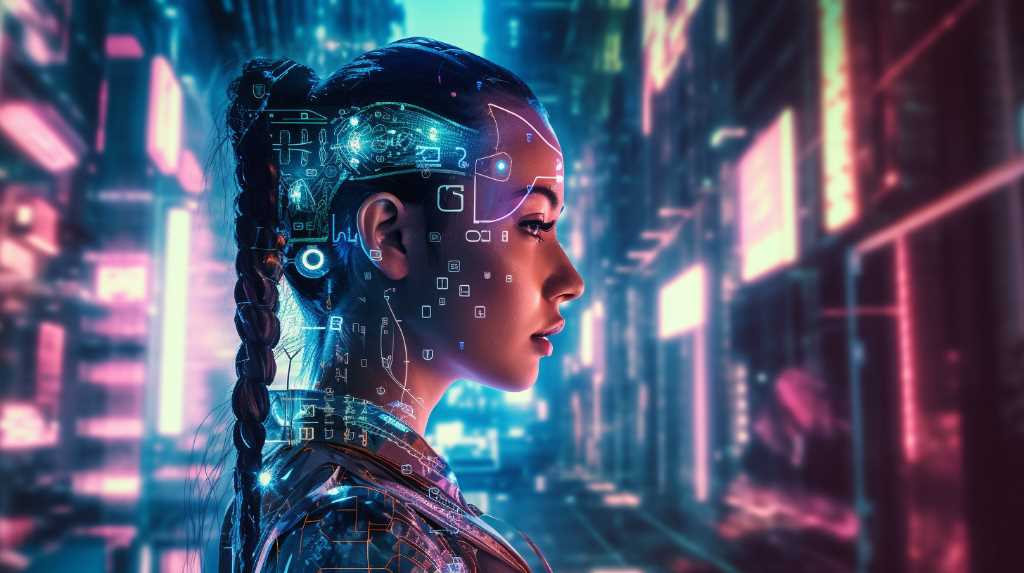We have found a new method that is revolutionizing AI development.
Deep learning techniques, armed with their incredible power and precision, are revolutionizing the way we create intelligent systems.
In this article, we’ll explore the importance of deep learning in AI development, its vast applications in solving complex problems, and the challenges we face in harnessing its full potential.
Join us as we delve into the future trends of deep learning, paving the way for innovative AI solutions.
Key Takeaways
- Deep learning algorithms enable neural networks to learn and make predictions.
- Deep learning enables AI systems to process and analyze vast amounts of data.
- Deep learning improves the accuracy of predictions and decisions.
- Deep learning transforms business operations and improves efficiency.

Overview of Deep Learning Techniques
In this article, we’ll explore the overview of deep learning techniques and their impact on revolutionizing AI development.
Understanding neural networks and deep learning algorithms is crucial for unlocking the true potential of artificial intelligence. Neural networks, inspired by the human brain, are the building blocks of deep learning. They consist of interconnected nodes, or neurons, that process and transmit information.
Deep learning algorithms, on the other hand, are the mathematical models that enable these neural networks to learn and make predictions. These algorithms use large amounts of data to train the neural networks, allowing them to recognize patterns, make decisions, and solve complex problems.

Importance of Deep Learning in AI Development
Deep learning plays a crucial role in revolutionizing AI development by enabling neural networks to learn and make predictions based on large amounts of data. Its impact on machine learning and AI advancements cannot be overstated. Deep learning algorithms, inspired by the structure and function of the human brain, are able to automatically learn and extract complex patterns from data. This ability allows AI systems to process and analyze vast amounts of information, leading to more accurate predictions and decisions. The table below highlights the key aspects of deep learning in AI development:
| Role of Deep Learning in Machine Learning | Impact of Deep Learning on AI Advancements |
|---|---|
| Enables automatic learning and pattern extraction | Enables AI systems to process and analyze vast amounts of data |
| Improves accuracy of predictions and decisions | Enhances the capabilities and performance of AI systems |
| Enables AI systems to learn from unstructured data | Facilitates the development of more advanced AI applications |
| Supports the training of complex neural networks | Enables AI systems to handle more complex tasks and problems |
| Drives innovation and breakthroughs in AI research | Paves the way for future advancements in AI technology |
With its transformative capabilities, deep learning is revolutionizing AI development and driving innovation in various fields. Its ability to learn from data and make accurate predictions has the potential to greatly enhance the capabilities and performance of AI systems, leading to significant advancements in the field of artificial intelligence.

Applications of Deep Learning in AI Solutions
With deep learning techniques, we can apply the power of neural networks to develop AI solutions for a wide range of applications. This revolutionary approach has already made a significant impact on various industries, transforming the way businesses operate.
Here are some real-world examples of how deep learning is revolutionizing AI solutions and their impact on business:
- Natural Language Processing: Deep learning algorithms enable machines to understand and process human language, improving customer service chatbots and voice assistants.
- Computer Vision: Deep learning models can accurately identify and classify objects in images and videos, enhancing surveillance systems and automating quality control processes.
- Recommendation Systems: Deep learning algorithms analyze user preferences and behaviors to make personalized recommendations, boosting sales and customer satisfaction in e-commerce platforms.
These applications of deep learning in AI solutions are revolutionizing industries, improving efficiency, and transforming business operations.

Challenges and Limitations of Deep Learning in AI Development
Continuing our exploration of deep learning techniques for AI development, we encounter various challenges and limitations that need to be addressed.
One of the key challenges is ethical considerations. Deep learning models are often trained on large datasets, which may inadvertently incorporate biases or discriminatory patterns present in the data. As AI systems become increasingly integrated into our daily lives, it’s crucial to ensure fairness, transparency, and accountability in their decision-making processes.
Another challenge is scalability issues. Deep learning algorithms require massive amounts of computational resources, making it difficult to deploy them on resource-constrained devices or in real-time applications. Finding efficient ways to optimize and distribute the computational workload is essential for enabling widespread adoption of deep learning in AI development.
Overcoming these challenges will pave the way for future trends in deep learning for AI innovation, which we’ll discuss in the next section.

Future Trends in Deep Learning for AI Innovation
As we explore the future trends in deep learning for AI innovation, our team is excited to uncover new possibilities and advancements in the field. The future applications of deep learning are vast and have the potential to revolutionize numerous industries.
Here are some key trends that we anticipate will have a significant impact on industries:
- Enhanced Natural Language Processing: Deep learning algorithms are being developed to improve language understanding and generation, enabling more natural and accurate communication between humans and machines.
- Automated Machine Learning: Deep learning techniques are being used to automate the process of building and optimizing machine learning models, reducing the need for manual intervention and accelerating the development of AI systems.
- Explainable AI: Deep learning models can often be seen as black boxes, but efforts are being made to develop techniques that can provide explanations for their decisions, increasing transparency and trust in AI systems.
These trends have the potential to transform industries such as healthcare, finance, and transportation, among others, by enabling more accurate diagnoses, personalized financial recommendations, and autonomous driving, to name just a few examples.
The future of deep learning is promising, and we look forward to witnessing its impact on various sectors.

Frequently Asked Questions
What Are the Different Types of Deep Learning Techniques Used in AI Development?
There are various deep learning techniques used in AI development, including generative models and reinforcement learning. These techniques revolutionize the field by enabling machines to learn and make decisions in innovative ways.
How Does Deep Learning Differ From Traditional Machine Learning Algorithms?
Deep learning, unlike traditional machine learning, uses neural networks to mimic the human brain. This allows for greater accuracy and efficiency in processing complex data. Advantages include improved image recognition and natural language processing.
Can Deep Learning Be Applied to Industries Other Than Technology?
Deep learning techniques have vast applications beyond technology. In healthcare, they can analyze medical images and assist in diagnosis. In finance, they can predict market trends and detect fraudulent activities. The potential is immense.
What Are Some Ethical Considerations When Using Deep Learning in AI Development?
When using deep learning in AI development, ethical considerations are crucial. Data privacy must be protected, as well as addressing algorithmic bias. It is essential to ensure fair and unbiased outcomes in this cutting-edge field.
How Can Businesses Overcome the Challenges and Limitations of Deep Learning in AI Development?
To maximize the potential of deep learning in AI development, businesses can overcome its challenges and limitations by investing in research and development, collaborating with experts, and continuously improving algorithms and models.

Conclusion
In conclusion, deep learning techniques are revolutionizing AI development by enabling machines to learn and adapt on their own.
One interesting statistic to highlight the impact of deep learning is that deep learning algorithms have achieved a human-level performance in image recognition tasks, surpassing human accuracy by a significant margin.
This emphasizes the power of deep learning in solving complex problems and showcases its potential to drive AI innovation in the future.









